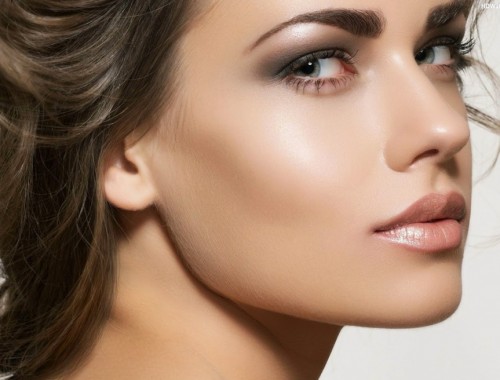The use of wrinkle fillers has increased significantly over the past few years, with a number of new fillers being approved by the FDA. There is often a great deal of confusion among patients who are looking for a non-surgical treatment of facial aging. “Do I need Botox®? Dysport®? Radiesse®? Juvederm®? Sculptra®? Restylane®?” It can be hard as a consumer to keep them straight much less understand the limitations and risks. What’s more, the flood of advertising from the companies that manufacture the products and the individuals who are offering the injections tends to increase the confusion. In this world of competitive medical marketing it is a breath of fresh air to see a coalition of physicians dedicated to patient safety providing reliable, non-biased information about these products and procedures. That’s what PCIS is, The physicians Coalition for Injectable Safety. Click here to go to their website.
The project was a joint effort of national and international societies of Plastic Surgeons, Dermatologists, Otolaryngologists and Ophthalmologists. They stress the importance of choosing a qualified, experienced physician and what questions to ask them during your consultation. Also, it is important that your physician use the real product that has been approved by the FDA. (Not long ago there was a news story about a physician and several of his staff winding up in the ICU after injecting themselves with a cheap, no-name botulinum toxin.)
The site goes on to provide a nice review of what the injectables do. There are wrinkle reducers (Botox® and Dysport®) which act by relaxing the muscles that cause wrinkles, particularly the frown line between the eyes, forehead lines, and crows’ feet lines. And the wrinkle fillers, hyaluronic acid (Restylane®, Juvederm®, Prevelle®) calcium hydroxyapetite (Radiesse®) and poly-L-lactic acid (Sculptra®), which are used to fill in hollows, lines or grooves in the face that come with aging.
Fillers have been a nice adjunct treatment for facial rejuvenation, sometimes used in conjunction with facelift surgery and other times instead of when it is too early for the face or neck lift. But just because something is non-surgical doesn’t mean it’s simple or without risks. As with all of the procedures we do to improve a person’s appearance, the first concern should always be safety.
Copyright 2010 Loomis Plastic Surgery




4 Comments
I consider something really interesting about your web blog so I saved to favorites .
Thank you a lot for giving everyone remarkably superb chance to discover important secrets from this site. It’s always very good and also full of a lot of fun for me and my office friends to visit the blog no less than three times in 7 days to find out the new tips you have. And lastly, I am just usually impressed considering the astonishing pointers you serve. Selected 1 points in this article are absolutely the most effective we have all had.
Undeniably believe that which you stated. Your favorite reason appeared to be on the internet the easiest thing to be aware of. I say to you, I certainly get irked while people think about worries that they plainly do not know about. You managed to hit the nail upon the top as well as defined out the whole thing without having side effect , people could take a signal. Will likely be back to get more. Thanks
An outstanding share! I’ve just forwarded this onto a co-worker who has been doing a little research on this. And he in fact ordered me lunch simply because I stumbled upon it for him… lol. So let me reword this…. Thank YOU for the meal!! But yeah, thanx for spending the time to talk about this subject here on your site.